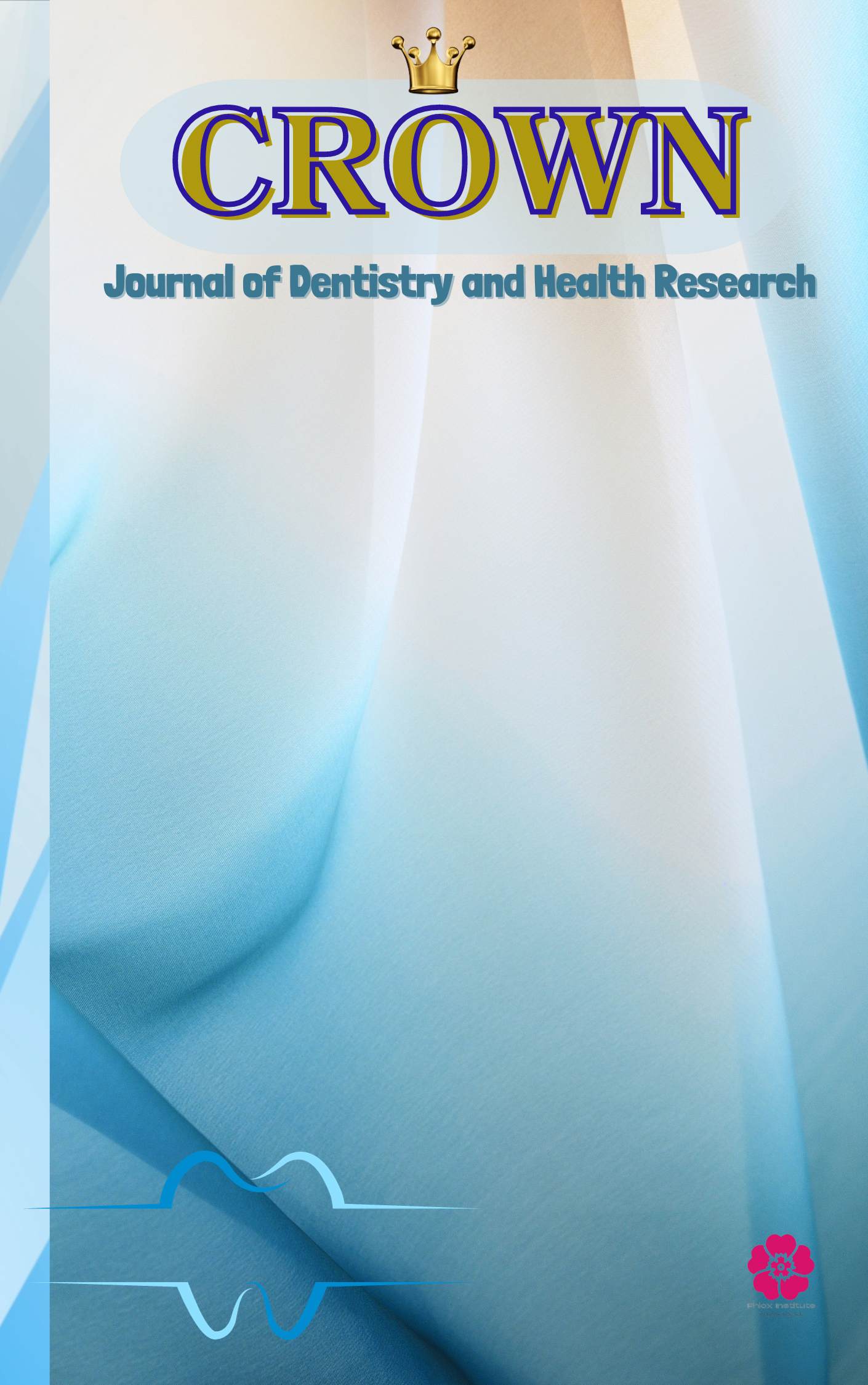Main Article Content
Abstract
Introduction: Peri-implantitis is a primary cause of dental implant failure, characterized by inflammatory destruction of supporting tissues. While microbial dysbiosis is implicated, the functional activities of the subgingival microbiome that drive disease pathogenesis remain poorly understood. This study aimed to elucidate the key functional and metabolic shifts in the subgingival microbiome associated with peri-implantitis using metatranscriptomic analysis.
Methods: This cross-sectional study involved twenty patients, ten with healthy implants (HI) and ten diagnosed with peri-implantitis (PI). Subgingival biofilm samples were collected from the deepest peri-implant sulcus of each subject. Total RNA was extracted, followed by library preparation and sequencing on an Illumina NovaSeq platform. Bioinformatic analysis included quality control, taxonomic profiling using Kraken2, and functional annotation against the KEGG and Gene Ontology databases. Differential gene expression analysis was performed using DESeq2 to identify microbial transcriptional signatures distinguishing the PI and HI groups.
Results: The metatranscriptome of the PI group exhibited significantly higher microbial diversity and a distinct taxonomic composition, with a notable enrichment of transcripts from species such as Porphyrononas gingivalis, Tannerella forsythia, and Fusobacterium nucleatum. In contrast, the HI group was dominated by transcripts from commensal streptococci. Functional analysis revealed a significant upregulation of pathways related to bacterial virulence, including lipopolysaccharide (LPS) biosynthesis, bacterial secretion systems (Type IV), and iron acquisition in the PI group. Furthermore, pathways associated with amino acid metabolism, particularly arginine and tryptophan degradation, were highly active, suggesting a proteolytic environment. Conversely, the HI metatranscriptome showed enrichment in carbohydrate metabolism and fermentation pathways.
Conclusions: The subgingival microbiome in peri-implantitis is not only taxonomically distinct but also functionally primed for pathogenicity. The active transcription of genes related to virulence, inflammation induction, and proteolytic metabolism highlights the key dysbiotic pathways that likely contribute to tissue destruction. These findings provide a deeper understanding of the functional gene expression profile in peri-implantitis and suggest potential targets for future diagnostic and therapeutic strategies aimed at modulating microbial activity rather than merely eliminating specific taxa.

